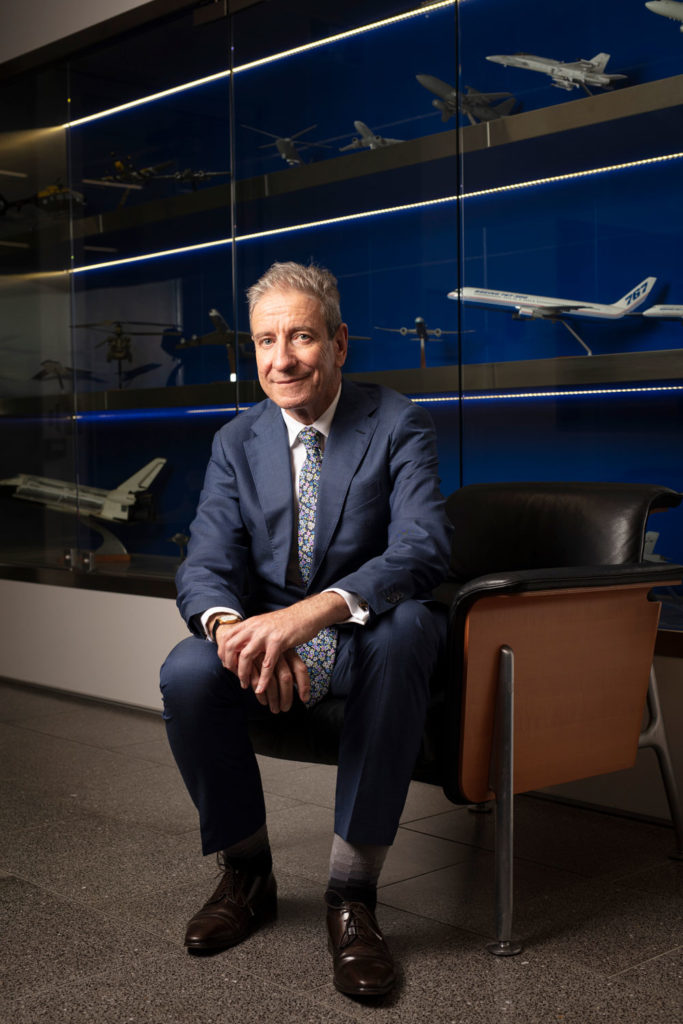Stephen Hudson has a passion for engineering and a passion for aviation. The combination is perfect for his current job.
Sometimes, Stephen Hudson can’t believe his good fortune.
“I’m just so lucky that every day I get up, I want to come to work,” the Chief Engineer of Boeing Defence Australia told create.
“I love all aspects of aviation and to be able to bring your technical career, to combine that with your passion for aviation, then that’s about the best thing that could possibly happen.”

Hudson knew he wanted to be an engineer from a young age — he started out experimenting with radios.
“When I was young, I always liked to know about how things worked and, from a very early age, I liked disassembling things and desperately trying to put them back together again,” he said.
“As an early teenager [I was] a member of an amateur radio club and building amplifier circuits.”
His father arranged a meeting with a University of New South Wales Professor, which sealed the deal.
“It was in that conversation that I was convinced that studying to be an electrical engineer was what I wanted to do with life,” he recalled.
“And that was, I suppose, the age of 13.”
A Qantas cadetship gave Hudson his start, but he has been at Boeing for more than two decades now.
“I sit at the level that is one degree of interaction away from the people who have the daily responsibility of maintaining defence aircraft and my role is to facilitate them to be able to solve the problems,” he said.
“We sustain a number of different platforms for the Commonwealth, ranging from the F/A-18 Super Hornet through to the E-7 Wedgetail aircraft.”
Hudson is a Chartered engineer, and he said his decision to pursue the qualification was motivated by the level of responsibility in his career.
“It became obvious to me pretty quickly that I needed to undertake Chartered status to be able to meet the requirements of the job,” he said.
“The Commonwealth has for a while now been working with Engineers Australia to professionalise the engineering community that works in the defence industry, and one of those requirements is that a chief engineer … hold Chartered status.”
That, he says, assures customers that capable engineers are on the job.
“It has provided a level of recognition in the industry which people understand.”
And when Hudson isn’t working on planes, how does he relax?
“I spend my private time as a competition aerobatics pilot,” he said.
“I love flying.”
4 tips for success
1. Technical knowledge is the basis of your career, but soft skills help
you advance.
2. Develop skills like communications and empathy.
3. Promote integrity in what you do, the way you make decisions and the way you present yourself.
4. It is a senior engineer’s responsibility to pass on experience gained through their career.
This article originally appeared as “Keystone: Stephen Hudson” in the July issue of create magazine.
Interested in learning more about the Chartered credential? You may already have what it takes to become Chartered. Find out more here and start your pathway to Chartered today.